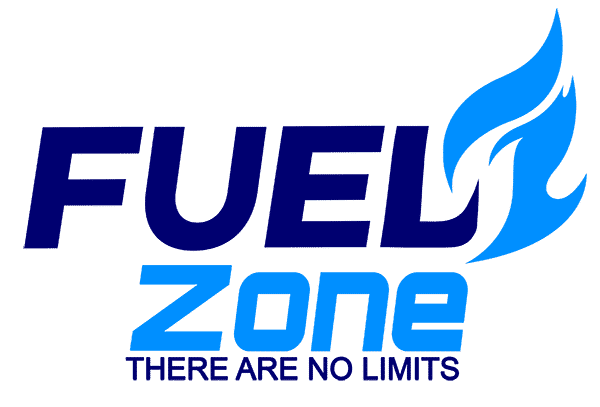Fuel levies are a significant component of the price consumers pay at the pump in South Africa. These charges are not just an added cost; they play a crucial role in funding infrastructure projects and safety initiatives. However, they also spark ongoing debates about fairness and affordability. This blog breaks down the structure of fuel levies, their implications for consumers, how they fund critical programs, public perceptions, and potential alternatives to mitigate their impact.
The Structure of Levies
Fuel levies are made up of multiple components that together form a substantial portion of the price per liter of petrol or diesel. The two primary levies include:
- General Fuel Levy:
- This levy is a government-imposed charge applied to each liter of fuel sold. It serves as a general revenue stream for the national budget, funding a range of government initiatives.
- As of recent years, the General Fuel Levy accounts for a significant percentage of the total pump price, contributing to the overall cost of living.
- Road Accident Fund (RAF) Levy:
- The RAF levy is collected to fund the Road Accident Fund, which compensates victims of road accidents for medical expenses, loss of income, and other damages.
- Despite its noble intent, the RAF has faced criticism for inefficiencies and financial mismanagement, raising concerns about how effectively the levy is used.
- Other Levies and Charges:
- Additional costs, such as customs and excise duties and transport costs, are also included in the final fuel price.
- Regional levies may apply in some areas, contributing to variations in fuel prices across provinces.
How Levies Fund Infrastructure and Safety Initiatives
- Infrastructure Development:
- The revenue generated from the General Fuel Levy is allocated to maintain and upgrade critical infrastructure, including roads, bridges, and highways.
- Improved infrastructure reduces vehicle wear and tear, enhances safety, and supports economic activity by facilitating the movement of goods and people.
- Road Safety Programs:
- The RAF levy plays a direct role in supporting road safety initiatives, providing financial relief to accident victims and their families.
- Funds are also used for awareness campaigns aimed at reducing road accidents and promoting responsible driving behavior.
- Public Transport Investments:
- A portion of fuel levy revenue is sometimes directed toward improving public transport systems, offering commuters safer and more reliable alternatives to private vehicles.
Public Perceptions and Debates About Fairness
- Concerns About Affordability:
- Many South Africans feel the burden of fuel levies, especially as rising global oil prices push fuel costs higher. For low-income households, these levies exacerbate financial strain.
- Lack of Transparency:
- Critics argue that there is insufficient transparency in how fuel levy revenue is allocated and spent, particularly regarding the RAF’s financial management.
- Economic Ripple Effects:
- High fuel prices increase transportation costs, driving up the cost of goods and services across the economy. This has a disproportionate impact on vulnerable populations.
- Calls for Reform:
- Advocacy groups and economists have called for a review of fuel levy structures, emphasizing the need for accountability and more equitable solutions.
Alternatives to Mitigate Levy Impact on Consumers
- Tax Relief Measures:
- Temporarily reducing or capping fuel levies during periods of economic hardship or global oil price spikes could provide relief to consumers.
- Subsidies for Public Transport:
- Investing in affordable and efficient public transport options would reduce reliance on private vehicles and mitigate the impact of high fuel costs.
- Encouraging Renewable Energy:
- Promoting the adoption of electric vehicles and renewable energy sources could reduce long-term reliance on petrol and diesel, decreasing the importance of fuel levies in revenue generation.
- Enhanced Efficiency in Fund Management:
- Improving the management and allocation of funds, particularly within the RAF, would ensure that levy revenue is used effectively, justifying the cost to consumers.
Conclusion
Fuel levies are an essential part of South Africa’s fiscal framework, funding infrastructure, safety, and public programs. However, their impact on consumers is significant, raising questions about fairness and affordability. By implementing transparent management practices and exploring alternative strategies, South Africa can strike a balance between generating necessary revenue and minimizing the financial burden on its citizens.
For more insights into South Africa’s fuel industry and pricing structures, visit FuelZoneSA.
